Artist Breakthrough Moments | In Conversation with Calder MacKay
The VAA recently sat down with Calder to discuss his practice, inspirations, and future ambitions following an exciting milestone in his career.
Art was always part of Calder’s childhood, developing a passion for art during high school. Calder’s talent was fostered by his art teacher with his family and friends encouraging him to chase his passion; Calder graduated with a Fine Art Degree from Duncan of Jordanstone College of Art and Design.
In 2025, Calder won the RSA New Artists Award sponsored by The VAA. Calder produced three new pieces, alongside one piece from his degree show, to display for the RSA. Using his own family archives, Calder creates art that is inherently personal but has an effect that resonates with his audience. He recalls the anticipation of waiting for the award to be announced and the feeling of joy at hearing is own name being called. Artists work for a long period of time in a secluded space before displaying their work and Calder expressed the anticipation he felt before the exhibition, excited to observe how the audience connected with his creations.
Keep up to date with Calder’s work: @Calder_MacKay_Art.
I think I’ve always loved to make art, I used to sit for hours as a child drawing and coming up with imaginary characters. While I was at primary school, I had an art teacher called Mr Denny, I think he was the first person to really notice my interest and took real time to help me. He ensued a lot of confidence in my ability and made me feel like this passion was worthwhile. Also, growing up in a household that has always been more than okay with me pursuing whatever makes me happy. That was art, and they never questioned me, which I am forever grateful for.
Was there a person, place, or experience that sparked your journey into art – or has it always felt like a natural part of who you are?
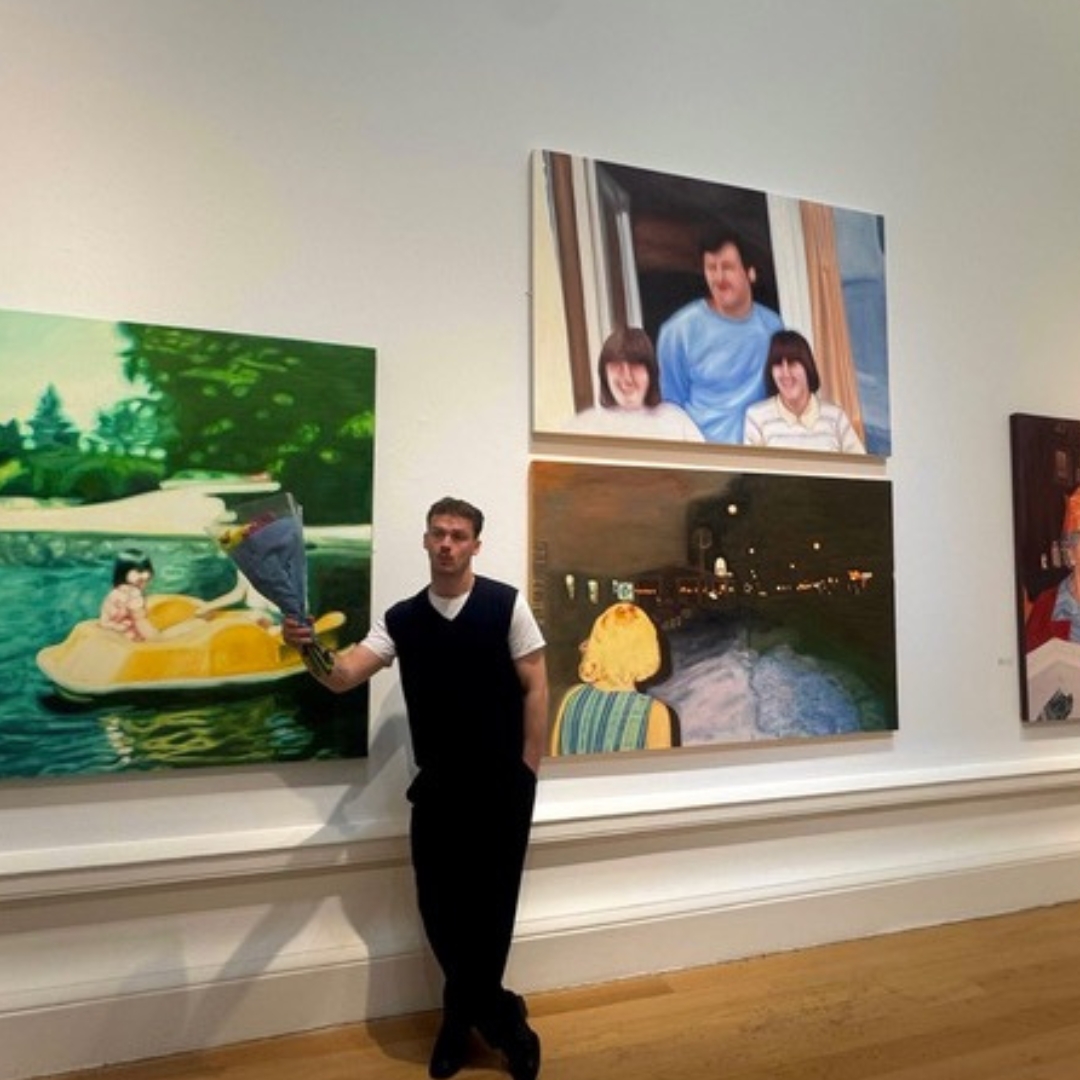
Your artwork explores themes of masculinity, grief, and familial roles. What is your process for creating art, and where do you look for inspiration?
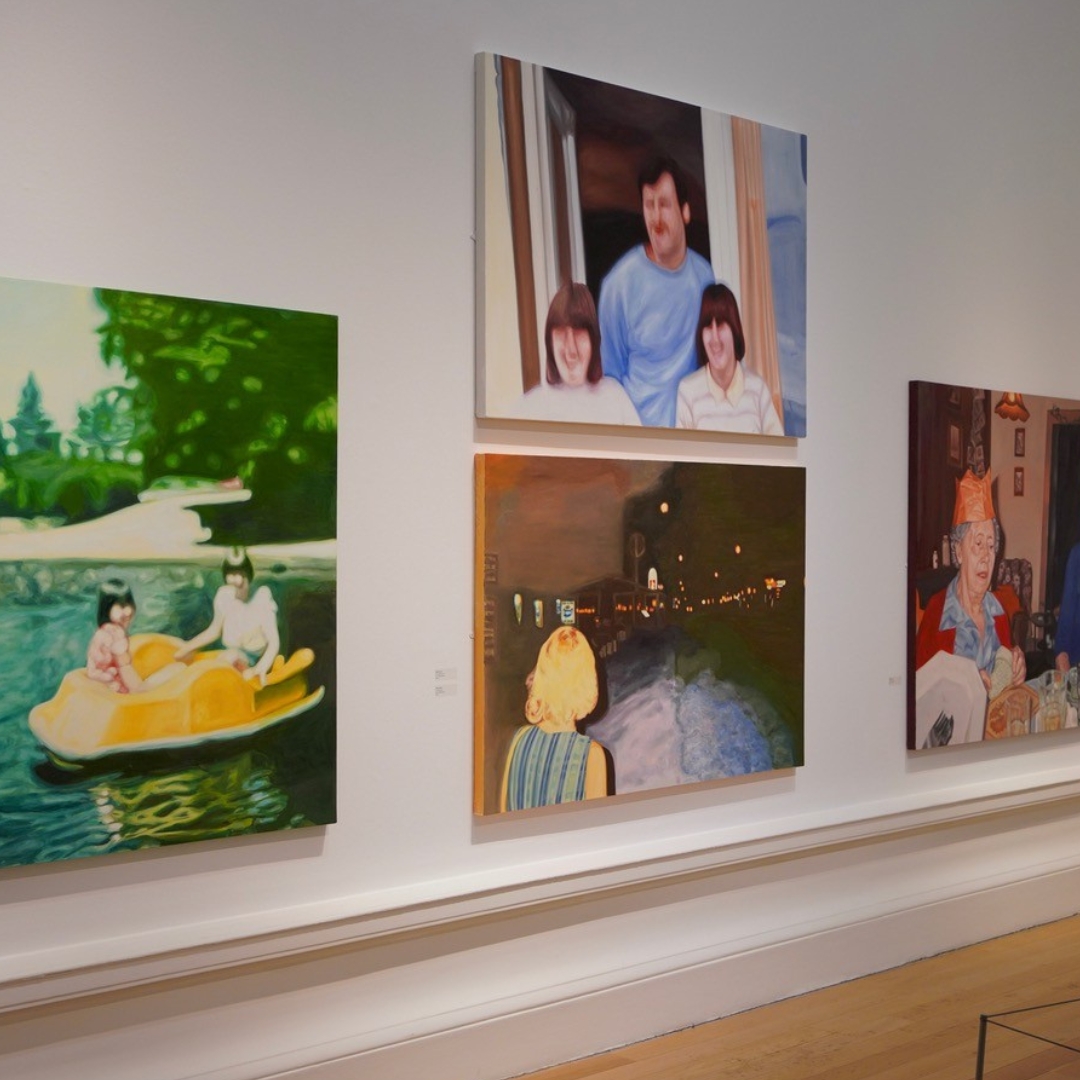
I work mainly from my own lived experience or that of people close to me. I feel the shared sentimentality of personal stories can hold so much resonance. I use personal and found archival imagery as a basis for my work. I find the commonality we can all uncover within ourselves when viewing such imagery can be so important to explore. I think it is vital to see these explorations, not as a call to return to the past, but to instead question what we have put in its place. How the past and the present are both flawed and perfect in their own ways. Wondering what aspects should be revived and what should forever be left.
I treat photographs not as static records but as emotional objects, fragments that invite reflection, projection, and reinterpretation. My practice questions how best to convey the profound delicacy and intangible shared sentimentality of these found archives. Why can we feel a sense of familiarity in someone else’s past? How does context, memory, and proximity shape our responses? Reworking forgotten snapshots, a shared glance, the intimacy of silence, the melancholy of a once-familiar place. These are not nostalgic gestures, but meditative acts of reckoning, with loss, care, and inherited identity. The layering of painting, photography, and collage both obscures and elevates, reflecting a desire to explore what images conceal and reveal. My work is intended to resist fixed connotations. Instead, treating ambiguity as a generative space where viewers are invited to sit with their reactions, question their origins, and consider why something resonates. The work becomes a mirror, reflecting not just what we see, but what we carry.
Laura O’Hare at the VAA commented on the ‘nostalgic essence’ and ‘visceral emotion’ your artwork evokes by offering both ambiguity and intimacy. How do you balance your personal storytelling with leaving space for audience interpretation?
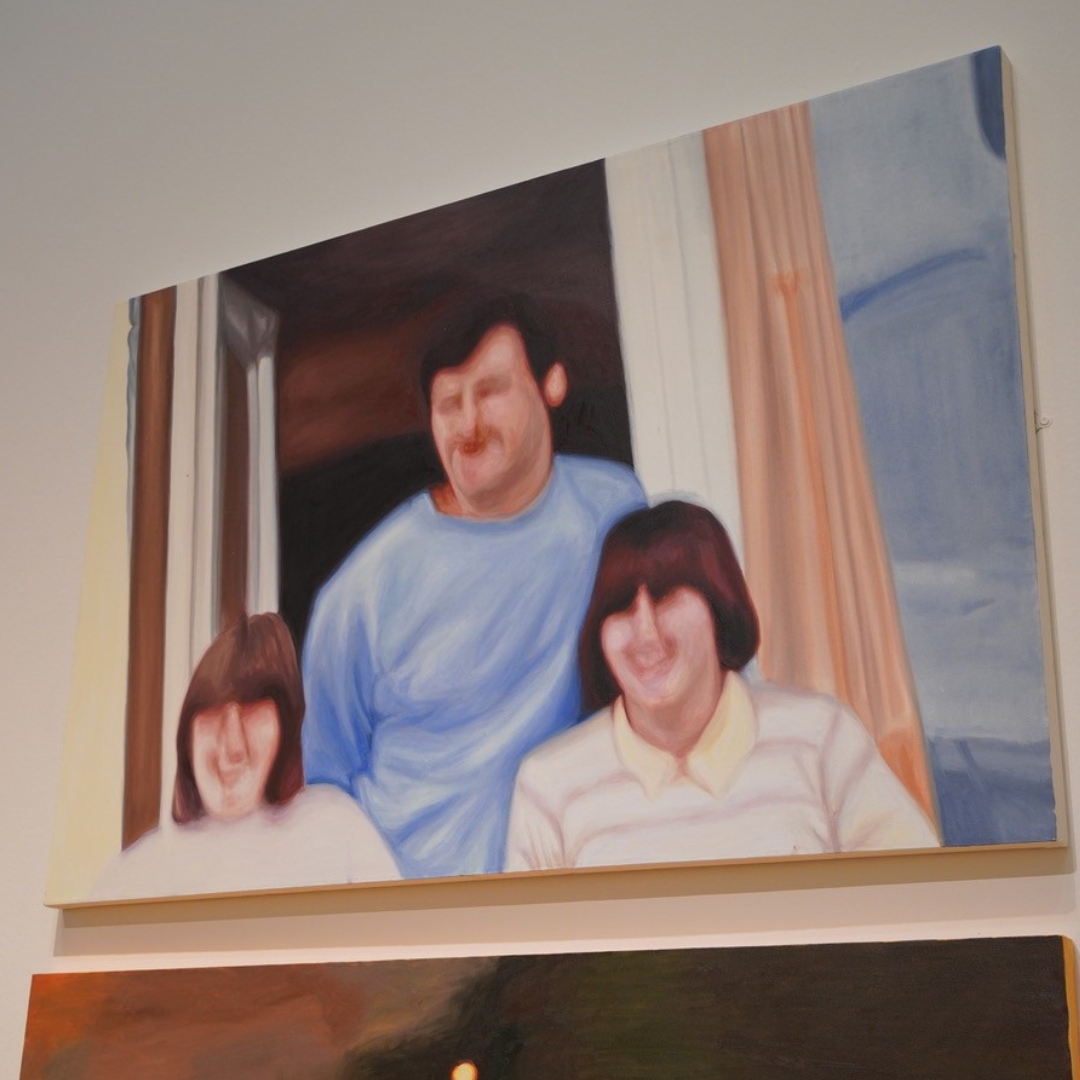
You recently graduated from Duncan of Jordanstone College of Art and Design. What advice would you give to art students and graduates who want to break into the industry?
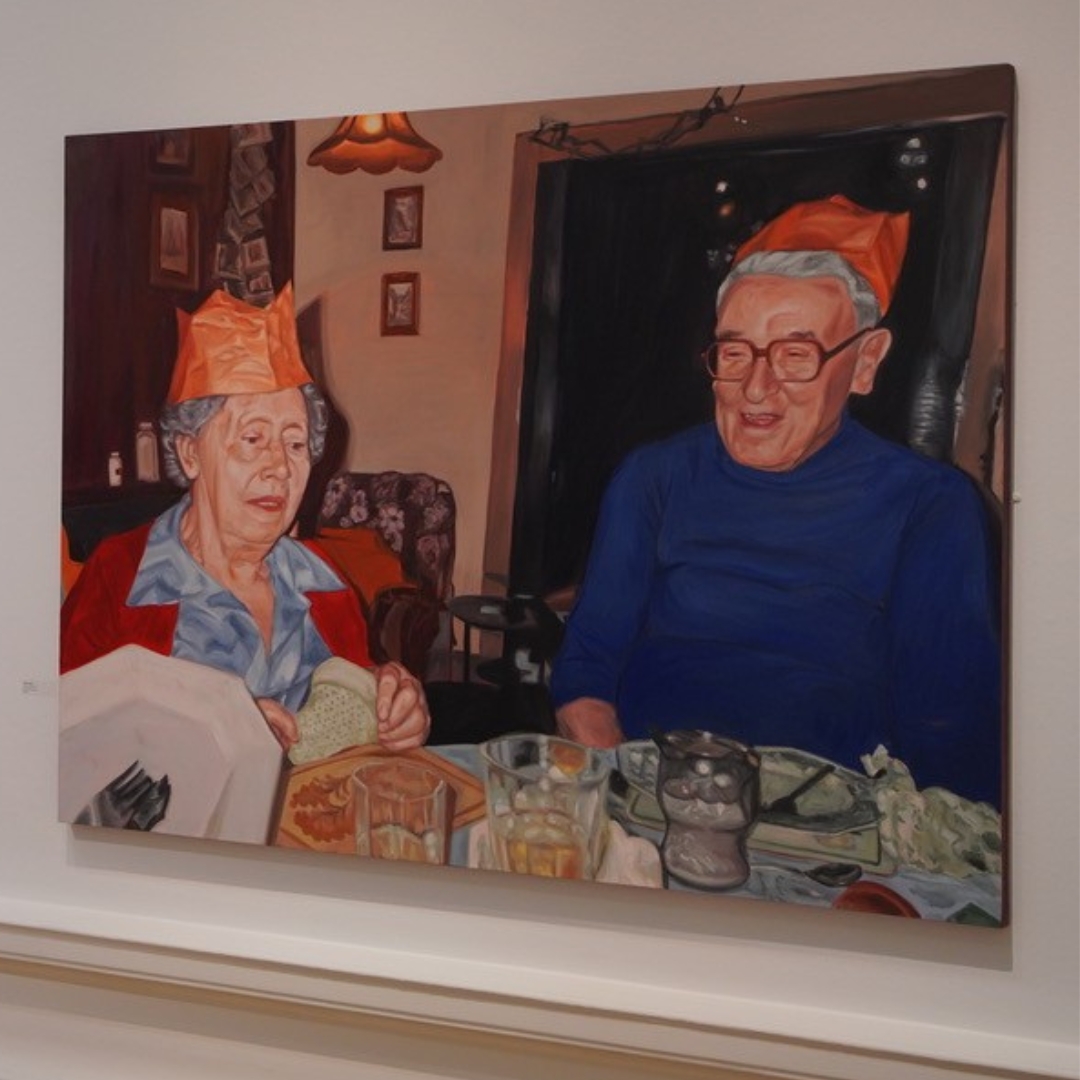
Just keep going, keep making, keep trying to push yourself to make work that excites you. This type of career or industry is not fixed, and neither is your passion within it. You will never be finished but that is what is so exciting about it. Just keep trying to push yourself ever so slightly and over time things will compound in ways you could not have imagined. Try to see what other people are doing and in what spaces they are doing it in and try to figure out how to get there. In such an ambiguous industry it can be helpful to set yourself goals and work hard to meet them.
Having recently moved to London, a city with such an exciting art scene that’s constantly changing it will be so helpful to have the guidance and mentorship of VAA to help me navigate that. Helping with gallery representation, portfolio advice, anything at all. I’m more than open to all the help I can get!
You will be starting your mentorship with the VAA as part of your prize shortly. What do you hope to achieve?
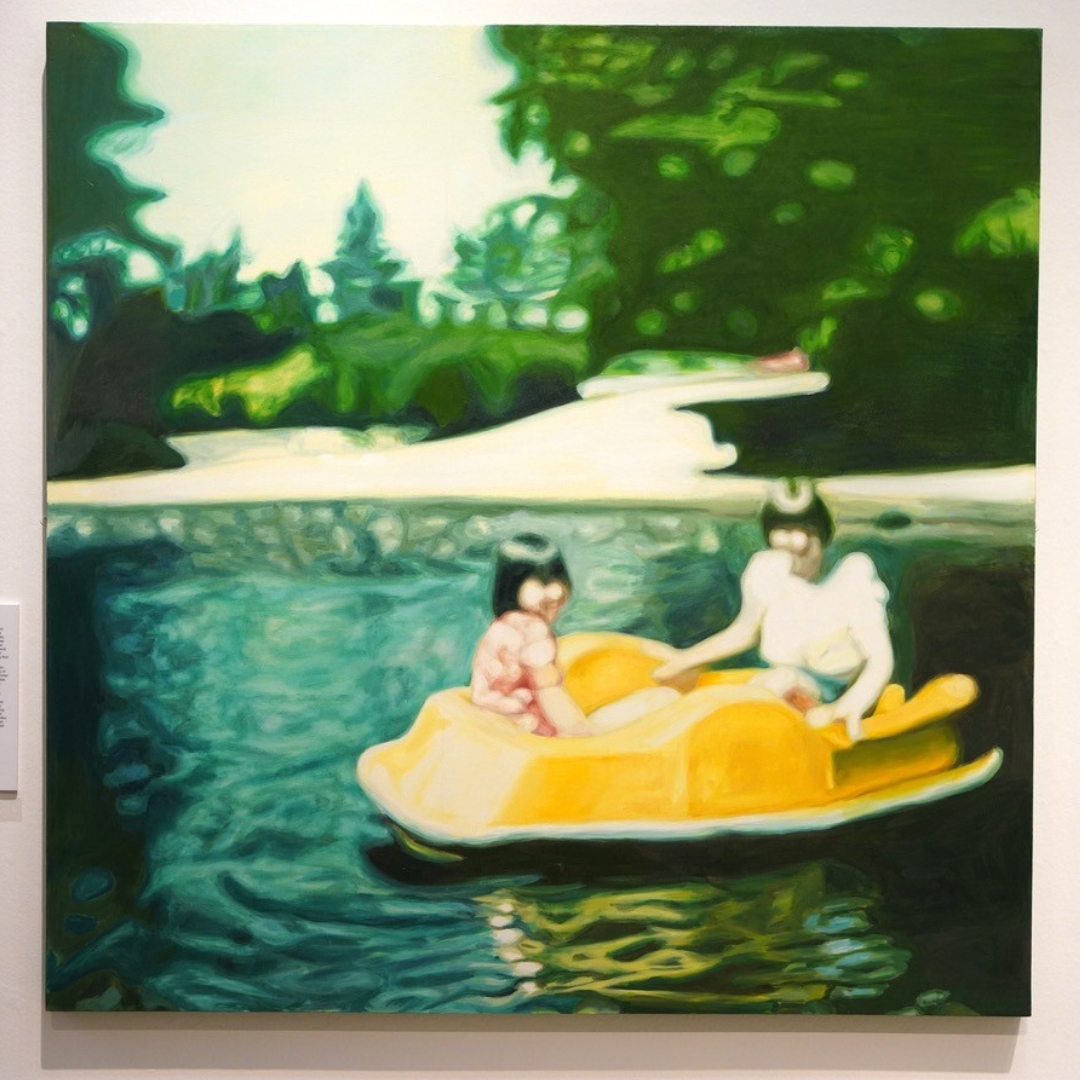
If you could collaborate with any artist, living or dead, who would it be – and what kind of piece would you create together?
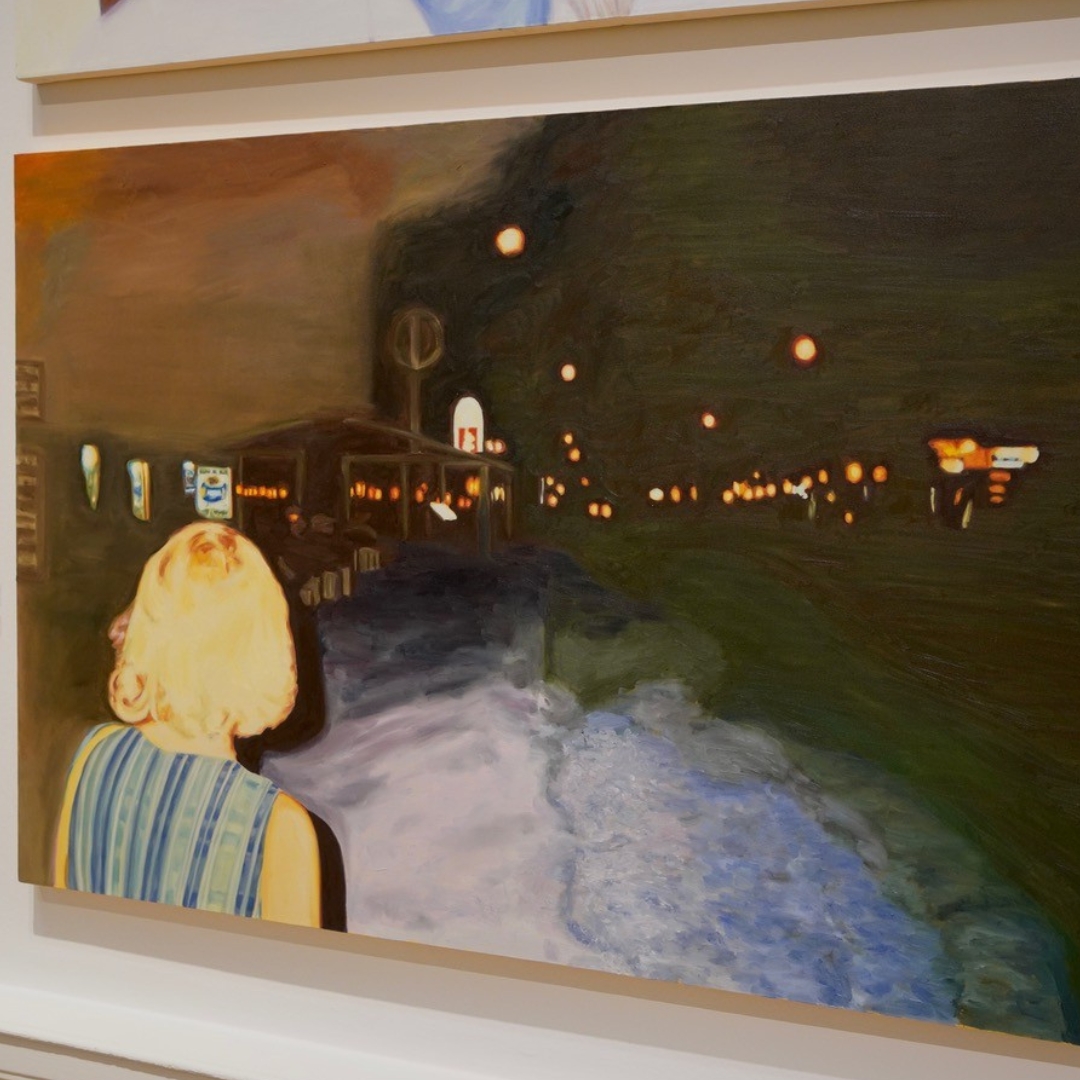
I had the opportunity to visit the Noah Davis show at the Barbican earlier in the year, and it is safe to say I am still absolutely floored by it. I think the regency of it all made it feel tragically attainable. Obviously, his use of found and family archives is endlessly influential on my practice. But for me it was how he championed the everyday, these unwanted and unwarranted moments. The great pursuit of life not being at its most extravagant but at its most elegant. I would have loved to work with him but learn from him first. Being able to speak to a man that accomplished so much in such a tragically
Looking to the future I want to question this notion of resonance as a uniquely human experience. Whether that is viewed through the lens of gender, generations, intimacy or absence, these can allow us to peer through windows to our collective past. What they still hold onto? What can be revived? and what has forever been left on the windowsill. I mean just for people to reflect on past narratives, ideologies, ways of being. Opening up space for real conversations, that often times go overlooked. I want to continue to make work that I am passionate about, work that evokes something in someone. That’s all.
Finally, looking ahead, what kind of legacy do you hope your work will leave – either in the art world or more personally?
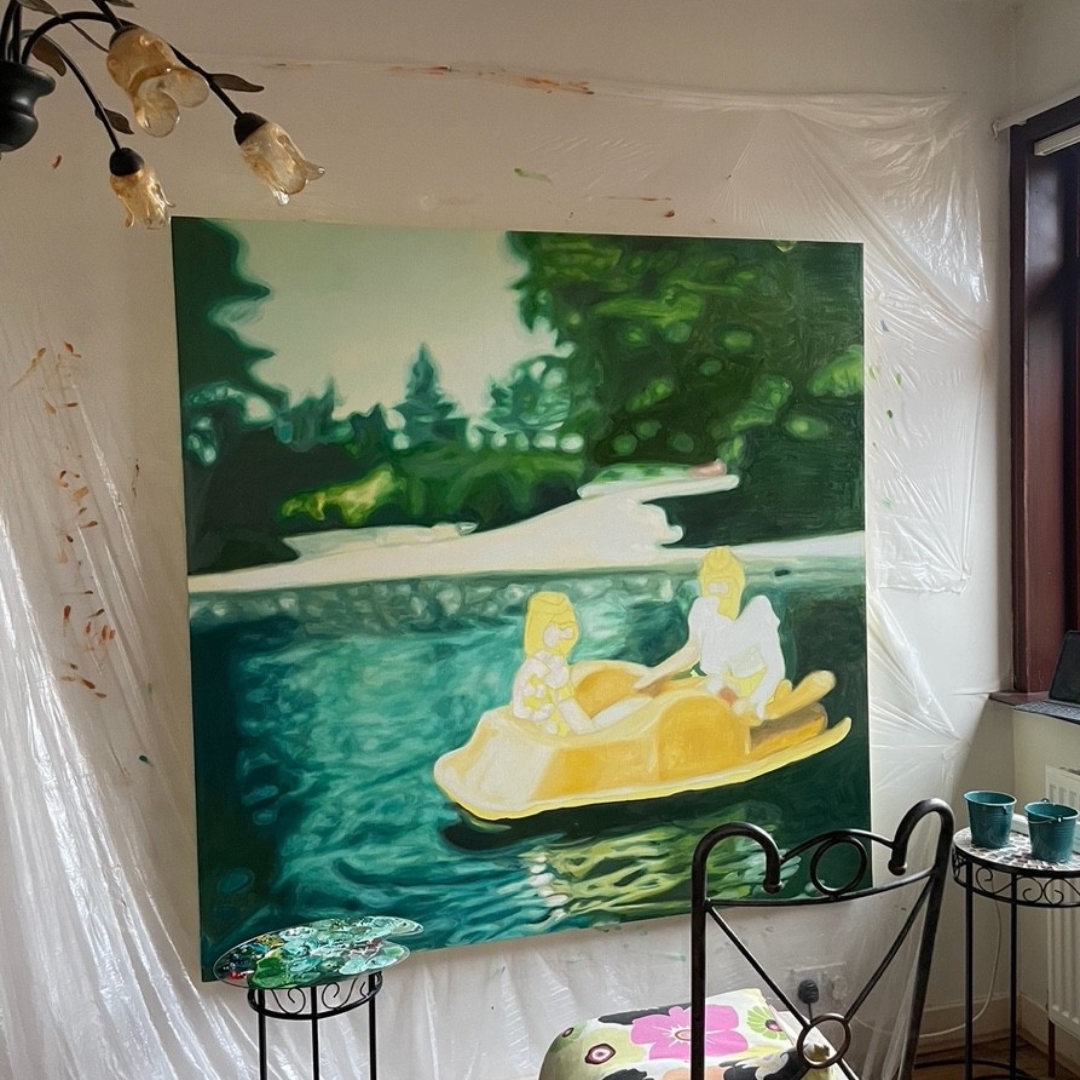
See more of Calder’s work: https://www.caldermackay.co.uk/
Do you have your own breakthrough moments to share? We want to hear from you! Email hello@visual-artists.org for more about our Artist Profiling Service.
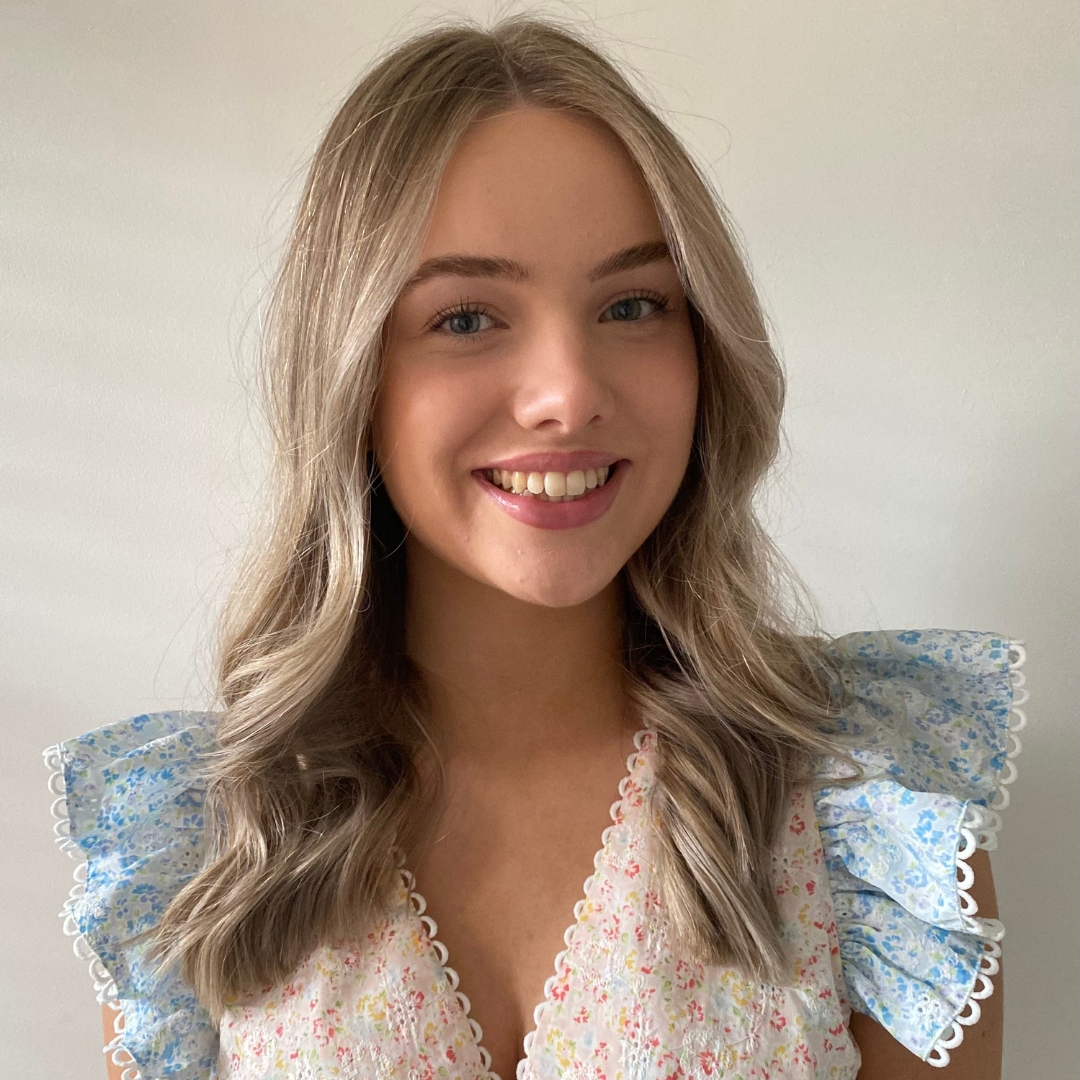
Artist Breakthrough Moments: In Conversation with Calder MacKay
Guest Written by Lola George Hammerton
University of Liverpool Student
